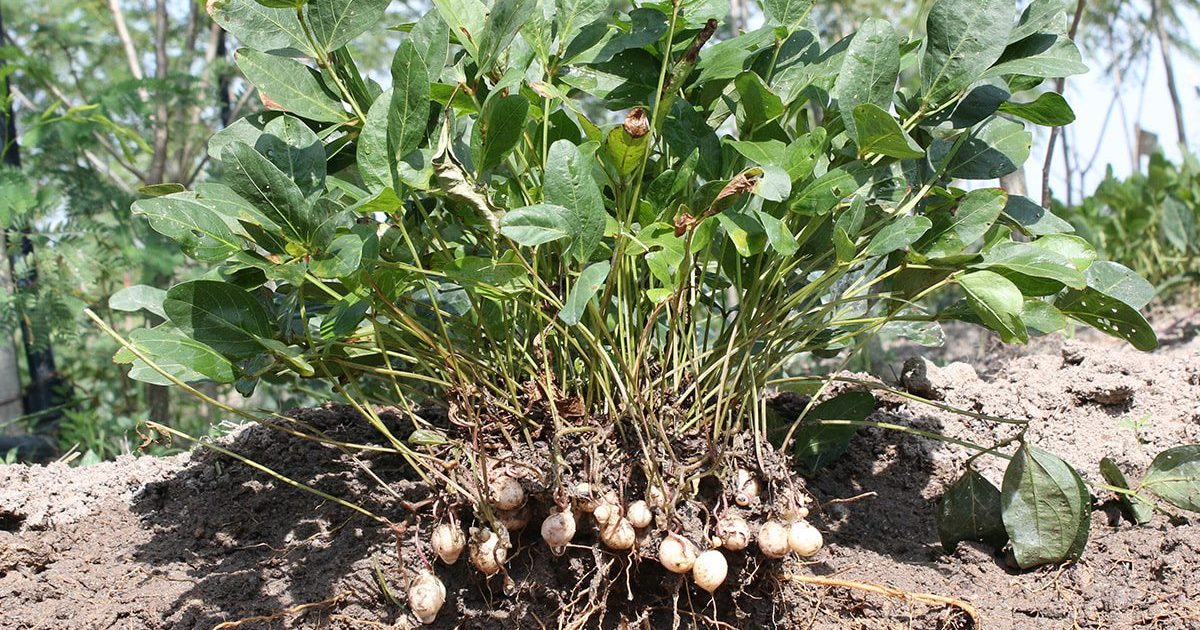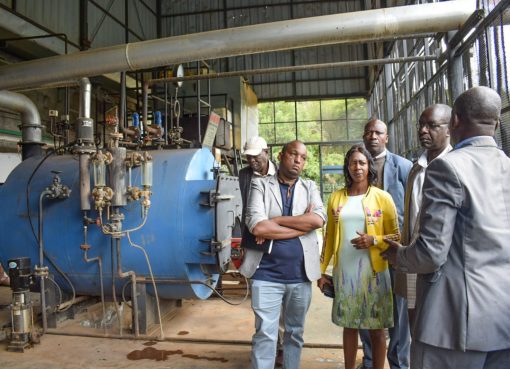Bambara groundnuts, commonly known as Tsimbande in the Marachi community, are fast gaining popularity among farmers in Busia.
The greatest attraction is in the price, as the nuts’ market price has been increasing steadily due to people’s awareness of their nutritional value and ready market.
Retailing at between Sh. 1000 – Sh. 1400 per 2kg tin (locally referred to as gorogoro and the most preferred measure in the area), Bambara nuts grow in semi-arid tropics, and growing them is not complicated.

They do not require large amounts of input and fit well into rain-fed crop rotations and intercrop systems.
In most parts of Butula sub-county where the nuts are commonly grown, the crop covers up to 60% of the area under crop production for the short rain season.
Bambara groundnuts (BGN) are rich in nutritional properties such as crude fibre, iron, protein, carbohydrate, fat, and minerals.
According to research by KALRO Alupe, the nuts also possess antioxidant properties as they contain phytochemicals such as tannins, flavonoids, and phytic acids, which offer health benefits for humans, including preventing chronic diseases like diabetes, stroke, atherosclerosis, heart disease, cancer, Alzheimer, and cardiovascular diseases.
A visit to Esther Anyango’s farm, a farmer from Esibembe village in Butula sub county, revealed that bambara grow well on well-drained, light, sandy loamy soil. They can be intercropped with maize and cassava, among others.
Anyango, who has been cultivating the crop for over 30 years, said Bambara requires early preparation, which entails tilting the land three times before planting and ensuring weeds are regularly uprooted for a high yield.
“Tsimbande is the highest-paying cash crop in Busia at the moment. Within a period of 5 to 6 months, the crop is ready for harvest, and the good thing is that we have a ready market,” Anyango said.
The precious legume can be served as peanuts, cooked as githeri when mixed with maize, or boiled and served with tea.
“Bambara nut is a profitable grain legume that requires very little agronomical care while on the farm. It’s a wholesome food, and many families around the world have added value to it by making snacks and beverages from its various varieties,” added Anyango.
The plant is associated with the Marachi subtribe, which has mastered the art of cultivating, processing, and storing it.
In the Marachi community, Bambara nuts were in the past grown mainly because they were believed to ensure children never suffered malnutrition since they contain minerals that enhance proper growth and brain development.
“Children who consume Bambara are healthy, strong, and have high retention power in class; thus, the plant is greatly appreciated in the community,” she added.
Bambara legumes are in three variants: the red seed with huge kernels that mature late and has a high production rate; the black-coloured seed that matures quicker than other cultivars and often has one seed in a tiny to medium-sized kernel; and the cream or brown eye that produces a sizable kernel.
The planting season is mainly between August and July.
With the county government of Busia’s agricultural policy, which has prioritised legumes and edible oil crops as the county’s top target cash crops, much needs to be incorporated, including training, the provision of certified seeds, and market surveys to help farmers get value for this particular produce.
The Busia Governor, speaking at Amukura over the weekend, noted that the county is set to employ 10 extension officers per ward to mitigate the challenges farmers face at the village level.
By Absalom Namwalo




